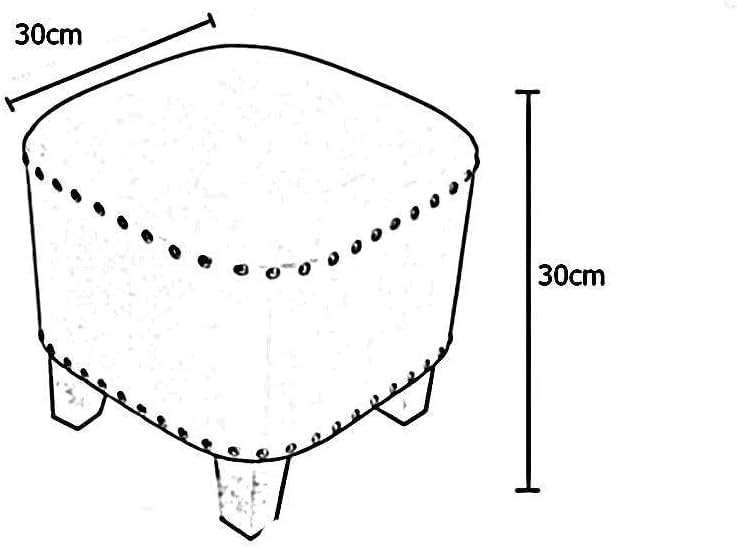
マイストア
変更
お店で受け取る
(送料無料)
配送する
納期目安:
03月17日頃のお届け予定です。
決済方法が、クレジット、代金引換の場合に限ります。その他の決済方法の場合はこちらをご確認ください。
※土・日・祝日の注文の場合や在庫状況によって、商品のお届けにお時間をいただく場合がございます。
G-PLAN/ジープラン ラウンド エクステンション ダイニングテーブル(4)の詳細情報
英国人気ブランドG-planのダイニングエクステンションテーブルです。
Fresco/フレスコシリーズのラウンドテーブルです。天板はエクステンション(伸長式)する事ができ、ラウンド形とオーバル形(楕円)の2wayで利用する事が可能。デザインはシンプルかつ洗練されており、天板は無垢のチーク材で高級感があります。リビングルームやダイニングルームにレイアウト頂くと他の家具やインテリアと調和することができます。
【アイテムサイズ】
W1220
D1220
H730(エクステンション後1680)
また直接引き取りの方は1.85万円値引き致します。
(東大阪市内弊社倉庫にてお受け渡し)
Fresco/フレスコシリーズのラウンドテーブルです。天板はエクステンション(伸長式)する事ができ、ラウンド形とオーバル形(楕円)の2wayで利用する事が可能。デザインはシンプルかつ洗練されており、天板は無垢のチーク材で高級感があります。リビングルームやダイニングルームにレイアウト頂くと他の家具やインテリアと調和することができます。
【アイテムサイズ】
W1220
D1220
H730(エクステンション後1680)
また直接引き取りの方は1.85万円値引き致します。
(東大阪市内弊社倉庫にてお受け渡し)
ベストセラーランキングです
近くの売り場の商品
カスタマーレビュー
オススメ度 4.4点
現在、362件のレビューが投稿されています。



















